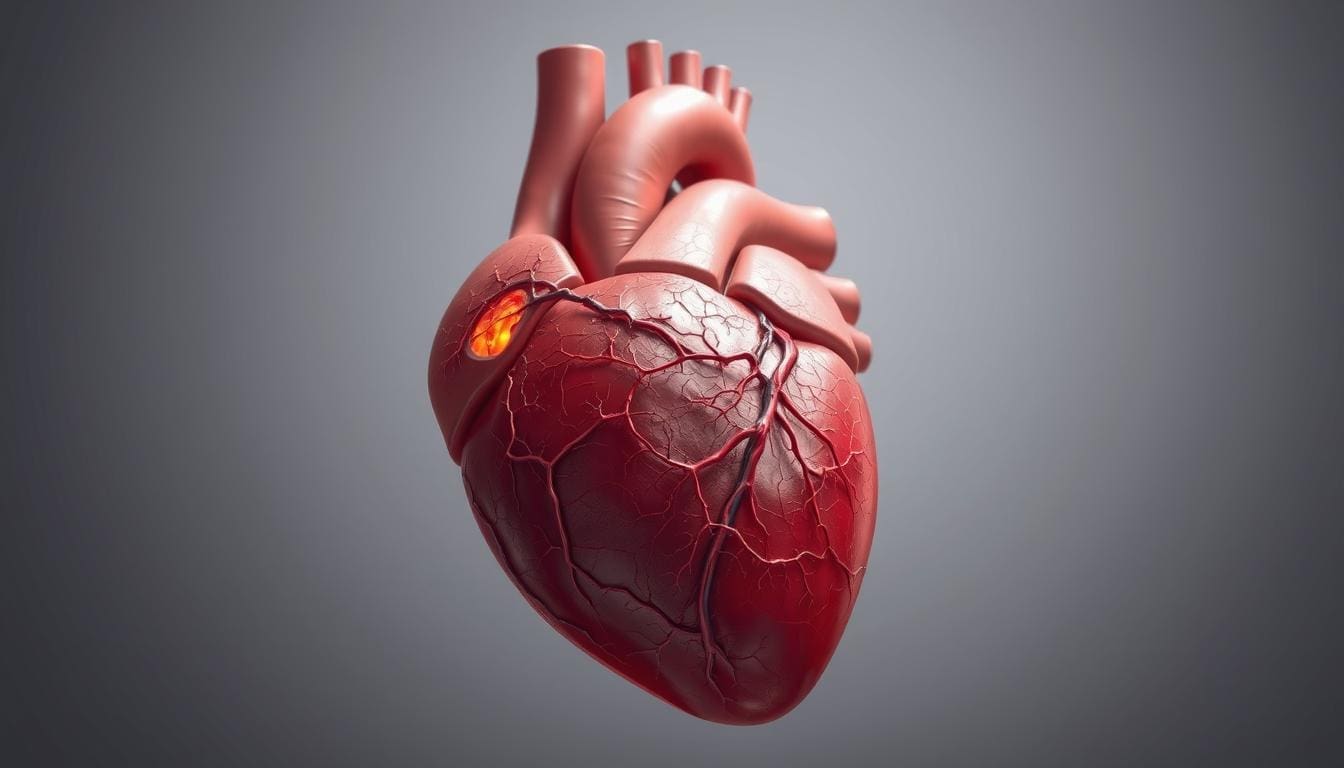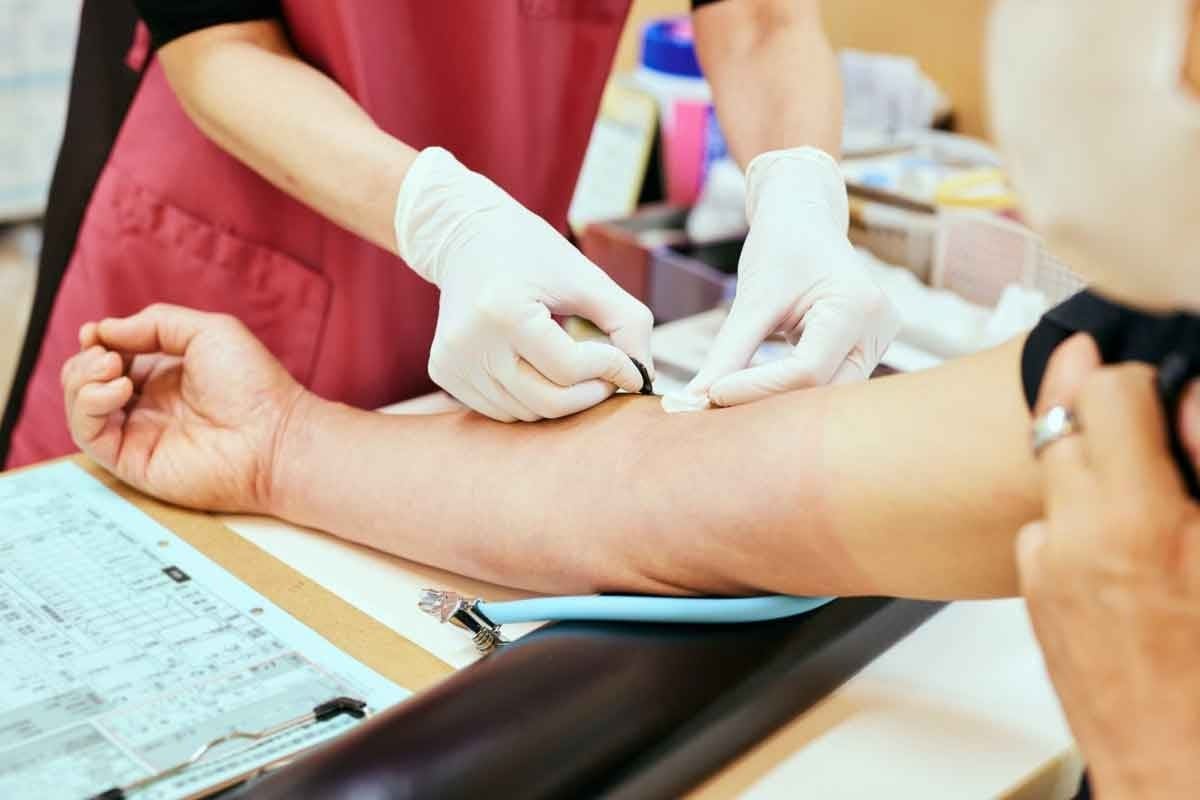Last Updated on November 27, 2025 by Bilal Hasdemir
Nearly 1.8 million new cancer cases are diagnosed in the United States each year. Many patients wonder: has the cancer spread?
Positron Emission Tomography (PET) scans are key in cancer detection. They help doctors see if cancer has spread to other parts of the body.
A PET scan for cancer uses a small amount of radioactive material. It’s injected into the body. This material shows areas of high activity, like tumors.
Key Takeaways
- PET scans play a vital role in detecting cancer spread.
- Positron Emission Tomography helps identify areas of high metabolic activity.
- Cancer detection using PET scans informs treatment decisions.
- PET scans are a critical tool in oncology.
- Accurate cancer staging is key for effective treatment planning.
What is a PET Scan for Cancer Detection?
Positron Emission Tomography (PET) scans have changed how we find and treat cancer. This imaging technology shows how tumors work, helping doctors plan better.
The Fundamentals of Positron Emission Tomography

PET scans use tiny amounts of radioactive tracers. These tracers go to areas that are very active, like tumors. The tracers send out positrons, which meet electrons and make gamma rays.
The PET scanner catches these gamma rays. This lets us see detailed pictures of the body’s inside. It shows where tumors are and how active they are. This helps doctors see how well treatments are working.
History and Development of PET Technology
The idea of PET scanning started in the 1950s and 1960s. The first PET scan on a human was in 1976. Over time, imaging technology has gotten better, making PET scans more accurate.
Now, PET scans often work with CT or MRI. This gives doctors both how things work and what they look like. This makes PET scans a key tool in fighting cancer.
Common Uses in Oncology
PET scans are used in many ways in cancer care. They help find tumors, see how big they are, and check if treatments are working. They’re great at finding tumors that other tests can’t see.
By looking at how tumors work, PET scans help doctors make treatment plans that fit each patient. This makes cancer care better. As positron emission tomography gets even better, it will help find cancer sooner and treat it more effectively.
How PET Scans Work in Oncology
Radioactive tracers are key in PET scans, showing where cancer cells are. Positron Emission Tomography (PET) scans help see how active cells are, focusing on cancer cells.
The process starts with a radioactive tracer, like Fluorodeoxyglucose (FDG), being injected into the patient. This tracer goes to areas that are very active, like growing cancer cells.
The science behind radioactive tracers
Radioactive tracers in PET scans send out positrons. These positrons meet electrons, creating gamma rays. The PET scanner catches these rays, making detailed images of the body’s activity.
The main tracer, FDG, is like glucose that cells use. Cancer cells, with their fast metabolism, take up more FDG. This makes them show up clearly on PET scans.
FDG and other tracers used in cancer imaging
Even though FDG is the top choice, new tracers are being made. These new tracers target specific proteins or receptors on cancer cells. They give more details about the tumor.
How cancer cells appear on PET scans
Cancer cells show up as bright spots on PET scans because they use more tracer. The brightness shows how active the cancer is. This helps doctors understand how aggressive the cancer is.
PET scans are vital for knowing the cancer stage, checking how treatments work, and spotting cancer coming back. Knowing how PET scans work helps doctors make better choices for their patients.
The Role of PET Scans in Cancer Staging
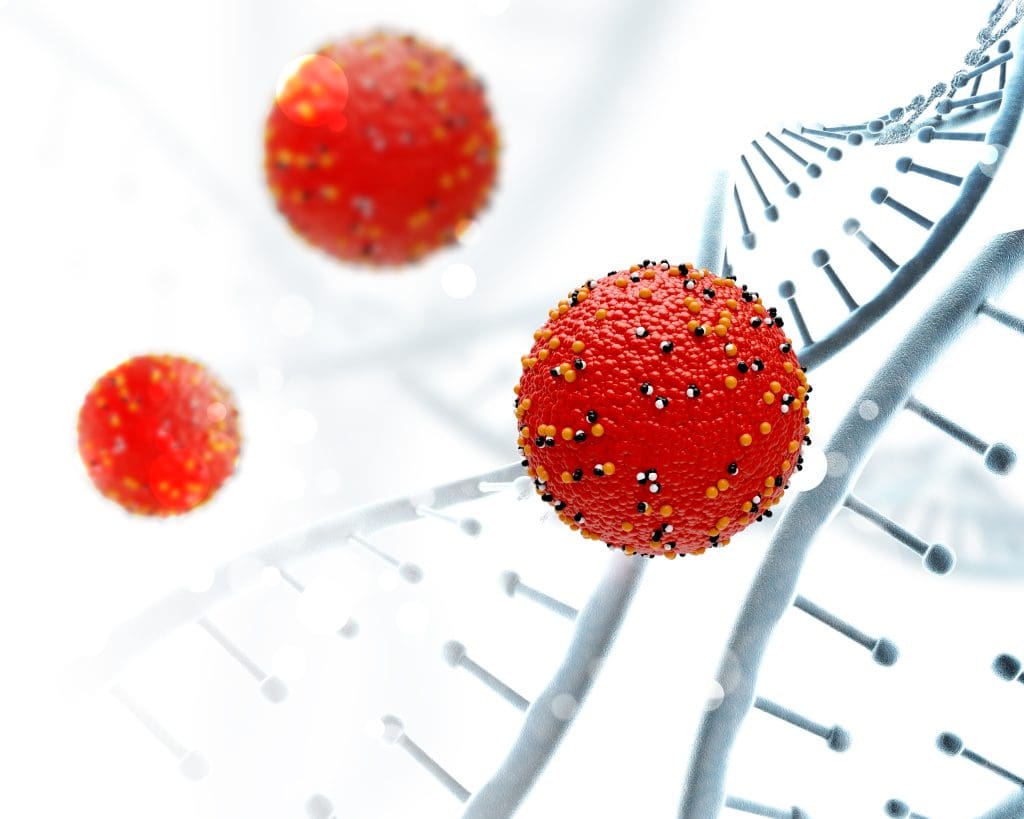
Accurate cancer staging is key for good treatment plans. PET scans are vital in this process. They help find out how far cancer has spread in the body.
Initial Diagnosis vs. Metastasis Detection
PET scans are used for both initial diagnosis and finding cancer spread. They help spot the main tumor and check its activity. For finding cancer spread, PET scans are very good at spotting it in other parts of the body.
Early detection of metastasis changes treatment plans. It often means moving from surgery to treatments like chemotherapy or targeted therapy.
TNM Staging System and PET Scan Contribution
The TNM staging system is used to describe cancer spread. It looks at the tumor size, nearby lymph nodes, and distant metastasis. PET scans help by giving metabolic info that can change how cancer is staged.
Clinical Impact on Treatment Planning
PET scan info greatly affects treatment plans. It helps doctors choose the best treatments. This can avoid unnecessary surgeries or treatments that don’t work.
Personalized medicine uses PET scan details for better treatment plans. This leads to better patient outcomes.
In summary, PET scans are essential in cancer staging. They provide vital info for treatment decisions. Their ability to find cancer spread and check activity makes them key in fighting cancer.
Detecting Cancer Spread with PET Scan Technology
PET scan technology has changed how we find cancer. It helps doctors see if cancer has spread to other parts of the body. This tool is key in fighting cancer, helping doctors make better treatment plans.
Identifying Distant Metastases
PET scans for cancer are great at finding cancer that has spread far away. These are cancer cells that have moved from the original tumor to other parts of the body. PET scans can spot these cells, even if they’re too small to see on other tests.
To do this, a radioactive tracer is injected into the body. This tracer goes to areas with lots of activity, like cancer cells. The PET scan then finds this tracer, showing detailed images of where the cancer has spread.
Lymph Node Involvement Assessment
PET scans are also used to check if cancer has reached lymph nodes. Cancer often goes to these nodes before spreading further. With PET scan technology, doctors can see if cancer has reached these nodes. This is important for figuring out how serious the disease is and planning treatment.
- PET scans can spot cancer in lymph nodes that look normal on other tests.
- They show how active lymph nodes are, helping doctors know if they have cancer.
Monitoring Response to Treatment
PET scans play a crucial role in monitoring the effectiveness of cancer treatment. By comparing PET scan results before and after treatment, doctors can see how the cancer is reacting. This helps them adjust treatment plans if needed.
If a PET scan shows a tumor isn’t responding to treatment, doctors might switch therapies. If the scan shows a good response, they might keep the current treatment going.
In summary, PET scan technology is essential for finding cancer spread, checking lymph nodes, and tracking treatment success. Its detailed metabolic information makes it a vital tool in fighting cancer.
PET Scan Procedure: What to Expect
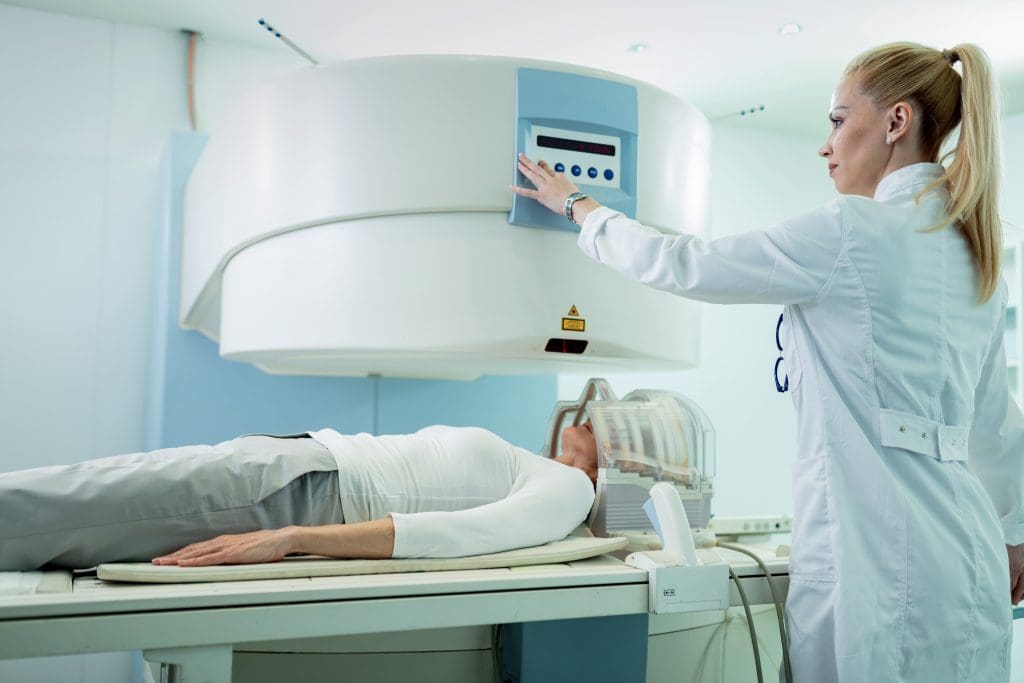
Understanding what to expect during a PET scan can help patients feel more prepared. A PET scan is a detailed imaging method. It helps find and manage health issues, like cancer.
Before the Scan
Before a PET scan, patients must follow certain steps. They might need to fast, avoid hard exercise, and remove metal items. It’s also important to wear loose clothes and arrive early to fill out forms.
During the Imaging Process
A small amount of radioactive tracer is given to the patient. This tracer goes to active areas, like tumors. Then, the patient lies on a table that slides into a PET scanner.
The scanner picks up the radiation from the tracer. The whole process is painless and takes about 30-60 minutes.
After the Procedure
After the scan, patients can go back to their usual activities. The tracer is safe and leaves the body in a few days. Drinking lots of water helps get rid of it.
The scan results are checked by a radiologist. Then, the doctor talks to the patient about what the results mean and what to do next.
Preparing for Your PET Scan
To get the best results, it’s key to prepare well for your PET scan. A PET scan is a top-notch tool for finding cancer. Getting ready right can make a big difference in the scan’s quality.
Dietary Restrictions
Following dietary rules is a big part of PET scan prep. You’ll likely need to fast for 4 to 6 hours before the scan. Also, skip sugary foods and drinks for 24 hours before.
High-sugar foods can mess up the scan’s results. They can change how your body uses the tracer. Drinking lots of water is also good. It helps the tracer spread evenly.
Medication Considerations
Managing your meds is also important. Tell your doctor about all your meds, like diabetes medications and sedatives. Some might need to be changed or stopped before the scan.
What to Wear and Bring
On scan day, wear comfy, loose clothes. Avoid metal items like jewelry. Bring your medical records, a list of meds, and insurance info too.
By following these tips, you can make sure your PET scan goes well. And the results will be as accurate as they can be.
PET Scan vs. CT Scan for Cancer Detection
PET scans and CT scans are key in fighting cancer. They help doctors find and track cancer in different ways. Each scan gives unique insights that can guide treatment plans.
Functional vs. Anatomical Imaging
PET scans and CT scans work in different ways. PET scans show how organs work by using a special tracer. They highlight areas with high activity, like cancer cells.
CT scans, on the other hand, show the body’s structure. They give clear pictures of organs, bones, and soft tissues.
CT scans are great for spotting tumors. But they might not tell if a tumor is cancerous. PET scans can find cancer cells that are active, even if they’re small.
When Each Scan is Preferred
Choosing between PET and CT scans depends on what doctors need to know. PET scans are best for seeing how cancer spreads and if treatment is working. CT scans are used for planning treatments and checking tumor sizes.
Benefits of Combined PET-CT Scans
Using both PET and CT scans together is often the best choice. PET-CT scans offer both functional and anatomical views in one go. This helps doctors get a clearer picture of cancer, leading to better treatment plans.
Knowing the strengths of PET and CT scans helps doctors pick the right tool for each patient. This leads to better cancer detection and care.
PET Scan Accuracy in Detecting Cancer Metastasis
Knowing how accurate PET scans are is key to spotting cancer spread. These scans have changed how we find cancer, helping us see where it has spread. But, they’re not perfect.
Sensitivity and Specificity Rates
PET scans are judged by how well they work. Sensitivity is when they find cancer correctly. Specificity is when they don’t find cancer when it’s not there. They do well at finding cancer in some cases.
A study in the Journal of Clinical Oncology showed PET scans are 85% sensitive and 90% specific. This was for finding cancer in lymph nodes in lung cancer patients.
False Positives and False Negatives
Even with their good results, PET scans can make mistakes. False positives happen when they say there’s cancer when there isn’t. False negatives are when they miss cancer that’s there. Things like inflammation or scan problems can cause these errors.
“False positives and false negatives can significantly impact treatment decisions, highlighting the need for careful interpretation of PET scan results.”
NCCN Guidelines for Cancer Diagnosis
Factors Affecting Accuracy
Many things can change how well PET scans work. These include:
- The type of cancer being checked
- Where and how big the cancer spread is
- The quality of the PET scan machine
- The skill of the doctor reading the scan
Knowing these can help us understand PET scan results better. This helps us make better treatment plans.
Interpreting PET Scan Results
Understanding PET scan results is key for both patients and doctors. It helps in diagnosing cancer and planning treatments. PET scans are a powerful tool, but reading them well needs a deep understanding.
Understanding SUV Values
The Standardized Uptake Value (SUV) is a key part of PET scan analysis. It shows how much an area of the body takes up the tracer compared to the average. A higher SUV value often means more aggressive cancer activity.
But, SUV values can change based on many things. This includes the cancer type, blood sugar levels, and when the scan is done.
How Oncologists Use PET Scan Data
Oncologists use PET scan data a lot to make treatment plans. The scans help doctors see how far cancer has spread and how well treatments are working. PET scan data is very useful for finding cancer cells that are active.
This is important for telling apart cancerous and non-cancerous tumors.
Timeframe for Receiving Results
How long it takes to get PET scan results can vary. It usually takes a few days to a week. It’s very important for patients to talk to their oncologist about the results.
This helps understand how the results affect treatment plans.
A leading oncologist said, “PET scan results are very important in managing cancer patients. They give us key information for making treatment decisions and checking how patients are doing.”
“The use of PET scans has changed oncology a lot. It helps us diagnose and stage cancer better. We can also tailor treatments to each patient’s needs.”
Limitations of PET Scans in Cancer Assessment
PET scans are very useful in cancer care, but they have their limits. They are not perfect for every cancer case.
Types of Cancer Not Well-Detected by PET
Some cancers are hard to spot with PET scans. For example, some prostate cancers and certain cancers in the gut don’t show up well. This is because these tumors don’t take up the special dye used in scans.
Size Limitations for Tumor Detection
PET scans also struggle with small tumors. They work best for tumors bigger than 8-10 mm. This is because of the scanner’s resolution and how active the tumor is.
A top oncologist, says, “PET scans are very helpful, but we must know their limits. Knowing these helps us make better treatment plans.”
“The limitations of PET scans highlight the importance of using a combination of diagnostic tools for complete cancer assessment.”
In summary, PET scans are great for finding cancer, but they have their own set of challenges. These include the type of cancer and the tumor’s size. Knowing these helps doctors make better choices for their patients.
Cost and Insurance Coverage for PET Scans
Understanding the cost of PET scans is key for both patients and healthcare providers. The price can change a lot based on several things.
Average Costs in the United States
The average cost of a PET scan in the United States is between $1,000 and $5,000 or more. This depends on the place, the scan type, and the doctor’s expertise.
Insurance Coverage Guidelines
Most health insurance plans cover PET scans for cancer. But, how much they cover can vary. It’s important for patients to check their policies for what’s covered and what they’ll have to pay out of pocket. Pre-approval from the insurance is usually needed before a PET scan.
Radiation Exposure and Safety Concerns
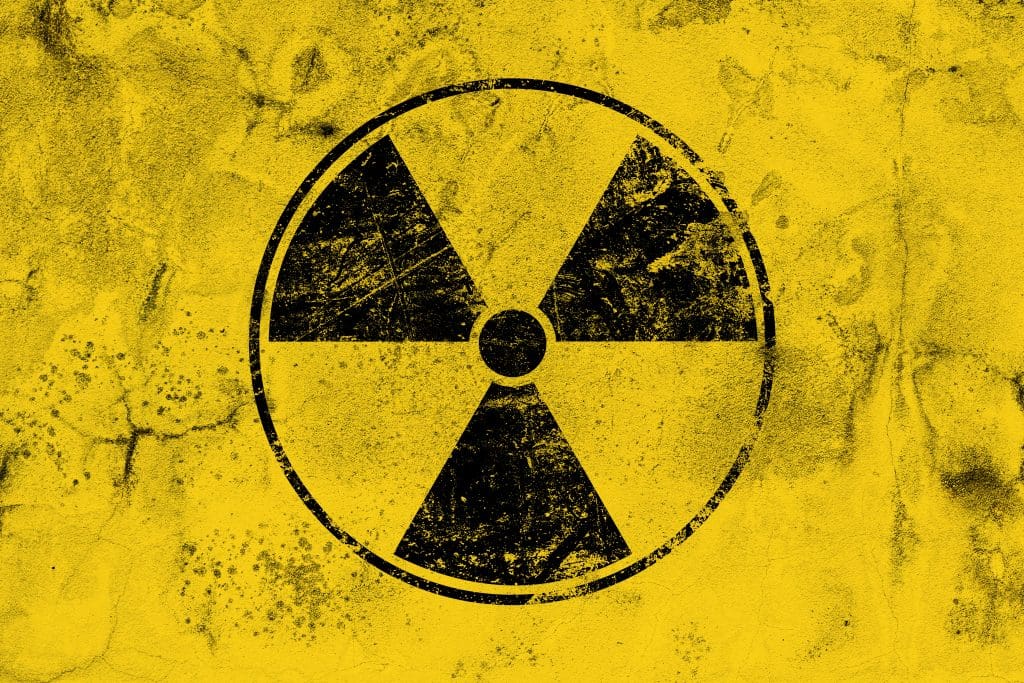
PET scans use radiation, raising safety questions. They are key for finding and staging cancer. But, knowing about radiation exposure is important for everyone involved.
Radiation Dose Comparison
PET scans use small amounts of radioactive tracers. These tracers emit radiation that the scanner detects. The dose from a PET scan is about 7-10 millisieverts (mSv).
A chest X-ray has a dose of 0.1 mSv. A CT scan of the chest can be 5-7 mSv. Though PET scans give more radiation than X-rays, they are safe when their benefits are considered.
Risk vs. Benefit Assessment
Assessing PET scan safety means looking at risks and benefits. The risk of harm from radiation, like cancer, is a worry. But, it depends on the patient’s situation. For many, the benefits of accurate diagnosis are worth the radiation risk.
Healthcare providers think carefully before suggesting PET scans. In summary, PET scans involve radiation, but their benefits are big. Knowing the dose helps patients make informed choices.
Conclusion
PET scans are key in finding and managing cancer. They bring many benefits to diagnosing and treating cancer. Thanks to PET scans, doctors can spot cancer spread, check how treatments work, and plan care better.
PET scans offer many advantages. They show how active tumors are, helping find cancer spread not seen by other scans. This info is vital for knowing the cancer stage and planning treatment.
In short, PET scans are a powerful tool in cancer detection and management. By knowing how PET scans help, patients and doctors can make better choices. This leads to better care and outcomes for patients.
FAQ
What is a PET scan and how is it used in cancer detection?
A PET scan is a test that uses a radioactive tracer to find cancer cells. It’s used in cancer care to see how far cancer has spread and if treatments are working.
How does a PET scan work?
A PET scan injects a tracer that cancer cells absorb. This tracer emits positrons that the scanner detects. It creates images of cancer cells.
What is the difference between a PET scan and a CT scan?
A PET scan shows how cells work, while a CT scan shows body structure. They’re often used together for better information.
How do I prepare for a PET scan?
To prepare, follow diet rules, avoid certain meds, and wear comfy clothes. Your doctor will give you specific instructions.
What can I expect during a PET scan procedure?
During a PET scan, you’ll get the tracer and lie on a table in the scanner. The scan lasts 30-60 minutes, so stay very quiet.
How accurate are PET scans in detecting cancer metastasis?
PET scans are very good at finding cancer spread. But, accuracy can change based on cancer type, size, and other health issues.
How are PET scan results interpreted?
Results are analyzed by looking at the SUV of the tracer. Doctors use this to check for and measure cancer.
What are the limitations of PET scans in cancer assessment?
PET scans might miss some cancers, like those with low activity. They also have limits in finding small tumors.
What is the radiation exposure associated with a PET scan?
PET scans have low radiation exposure. It’s important to discuss the risks and benefits with your doctor.
How long does it take to receive PET scan results?
Results time varies by provider and case complexity. But, it’s usually a few days.
Can PET scans be used to monitor treatment response?
Yes, PET scans can track how cancer cells change over time. This helps see if treatments are working.
What is a PET scan and how is it used in cancer detection?
A PET scan is a test that uses a radioactive tracer to find cancer cells. It’s used in cancer care to see how far cancer has spread and if treatments are working.
How does a PET scan work?
A PET scan injects a tracer that cancer cells absorb. This tracer emits positrons that the scanner detects. It creates images of cancer cells.
What is the difference between a PET scan and a CT scan?
A PET scan shows how cells work, while a CT scan shows body structure. They’re often used together for better information.
How do I prepare for a PET scan?
To prepare, follow diet rules, avoid certain meds, and wear comfy clothes. Your doctor will give you specific instructions.
What can I expect during a PET scan procedure?
During a PET scan, you’ll get the tracer and lie on a table in the scanner. The scan lasts 30-60 minutes, so stay very quiet.
How accurate are PET scans in detecting cancer metastasis?
PET scans are very good at finding cancer spread. But, accuracy can change based on cancer type, size, and other health issues.
How are PET scan results interpreted?
Results are analyzed by looking at the SUV of the tracer. Doctors use this to check for and measure cancer.
What are the limitations of PET scans in cancer assessment?
PET scans might miss some cancers, like those with low activity. They also have limits in finding small tumors.
What is the radiation exposure associated with a PET scan?
PET scans have low radiation exposure. It’s important to discuss the risks and benefits with your doctor.
How long does it take to receive PET scan results?
Results time varies by provider and case complexity. But, it’s usually a few days.
Can PET scans be used to monitor treatment response?
Yes, PET scans can track how cancer cells change over time. This helps see if treatments are working.


